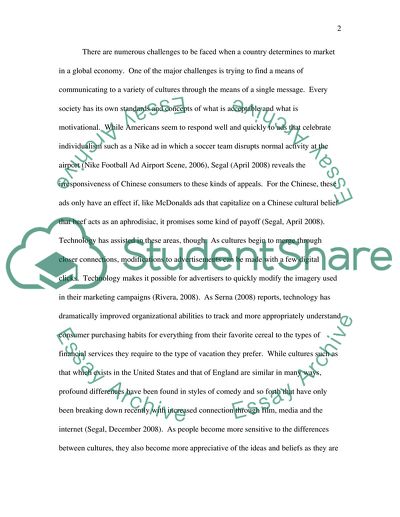Cite this document
(Importance Of Internet Marketing In Modern World Case Study, n.d.)
Importance Of Internet Marketing In Modern World Case Study. Retrieved from https://studentshare.org/marketing/1731377-website-analysis
Importance Of Internet Marketing In Modern World Case Study. Retrieved from https://studentshare.org/marketing/1731377-website-analysis
(Importance Of Internet Marketing In Modern World Case Study)
Importance Of Internet Marketing In Modern World Case Study. https://studentshare.org/marketing/1731377-website-analysis.
Importance Of Internet Marketing In Modern World Case Study. https://studentshare.org/marketing/1731377-website-analysis.
“Importance Of Internet Marketing In Modern World Case Study”, n.d. https://studentshare.org/marketing/1731377-website-analysis.


